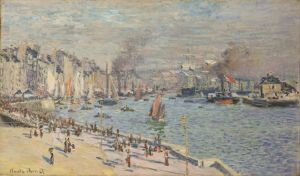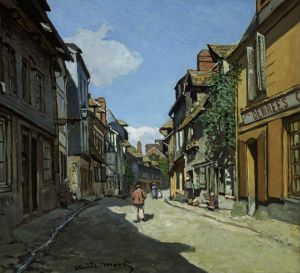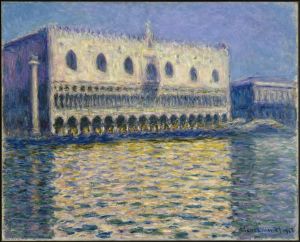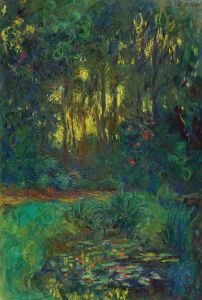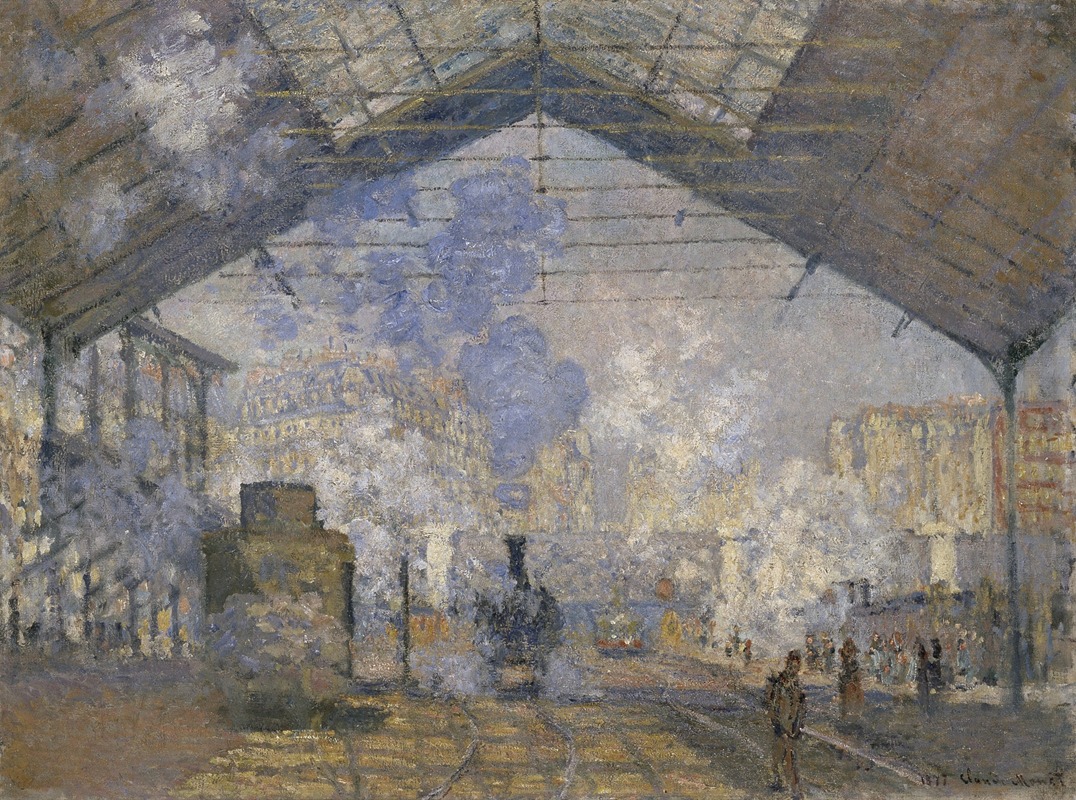
The Saint-Lazare Station
A hand-painted replica of Claude Monet’s masterpiece The Saint-Lazare Station, meticulously crafted by professional artists to capture the true essence of the original. Each piece is created with museum-quality canvas and rare mineral pigments, carefully painted by experienced artists with delicate brushstrokes and rich, layered colors to perfectly recreate the texture of the original artwork. Unlike machine-printed reproductions, this hand-painted version brings the painting to life, infused with the artist’s emotions and skill in every stroke. Whether for personal collection or home decoration, it instantly elevates the artistic atmosphere of any space.
The Saint-Lazare Station is a series of oil paintings created by the French Impressionist artist Claude Monet in 1877. These works depict the bustling Gare Saint-Lazare, one of the largest and busiest train stations in Paris during the 19th century. Monet painted this series as part of his exploration of modern urban life and industrial progress, capturing the dynamic interplay of light, steam, and movement within the station.
The series consists of approximately twelve paintings, each offering a unique perspective of the station and its surroundings. Monet rented a studio near the Gare Saint-Lazare to observe and paint the scene directly. He focused on the station's architecture, the trains, and the atmospheric effects created by the steam and smoke from the locomotives. The paintings are notable for their loose brushwork, vibrant color palette, and emphasis on the transient effects of light and atmosphere, hallmarks of the Impressionist style.
Monet exhibited several works from this series at the Third Impressionist Exhibition in 1877. These paintings were well-received by some critics, who appreciated their innovative approach to capturing modernity. However, others criticized the works for their lack of detail and unconventional style, reflecting the mixed reception that Impressionism initially faced.
The Gare Saint-Lazare was a symbol of industrialization and progress in 19th-century Paris, making it a fitting subject for Monet's exploration of contemporary life. The station connected Paris to suburban and regional destinations, serving as a hub of activity and a representation of the city's modernization. Monet's paintings of the station highlight the intersection of nature and industry, as the steam and smoke blend with the light and sky, creating a dynamic and ever-changing scene.
Today, the paintings from the Saint-Lazare series are celebrated as masterpieces of Impressionism. They are housed in various museums and private collections around the world, including the Musée d'Orsay in Paris and the Art Institute of Chicago. These works continue to be admired for their innovative approach to capturing the essence of modern life and their ability to convey the energy and atmosphere of a rapidly changing world.







